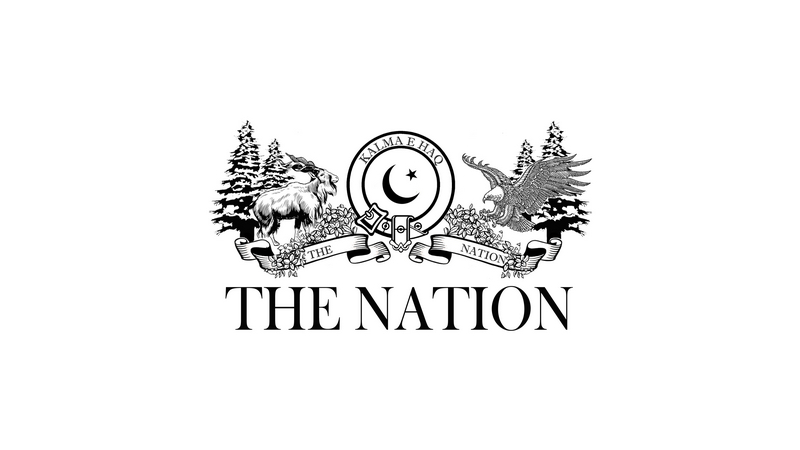The impact of strategic leadership on export enhancement
In the realm of increasing exports, strategic leadership serves as the surfboard that keeps you balanced on the wave instead of plunging into the water. The Federal Minister for Commerce in Pakistan has been emphasizing the necessity of robust leadership to navigate the country’s export environment effectively. In the fiercely competitive global marketplace of today, a solid product alone isn’t enough—you also require a comprehensive strategy.
The Minister emphasized that having a distinct vision along with efficient policies can enable Pakistan to harness the export wave and ride it successfully to the shore. This means not just focusing on immediate gains but also on long-term viability. It’s about establishing connections with international markets, pinpointing crucial sectors for development, and critically adapting to the evolving global trade landscape.
Here, strategic leadership is fundamentally about making choices that will produce enduring effects. Whether it involves enhancing trade agreements, minimizing bureaucratic obstacles, or simply streamlining the export procedure, effective leadership can significantly alter the landscape. After all, you certainly don’t want to find yourself stuck paddling in circles while others seize the major opportunities.
Important strategies for export expansion in Pakistan
Now, let’s delve into the specifics of what Pakistan is executing to maintain its export momentum. The Federal Minister for Commerce has inaugurated several initiatives designed to provide a substantial boost to the nation’s exports. Think of it as applying wax to your board before catching the waves—essential groundwork to ensure you don’t wipe out midway.
The first priority is enhancing market accessibility. Pakistan is proactively pursuing new trade agreements and revising existing ones to guarantee that their products can smoothly enter international markets. This encompasses Free Trade Agreements (FTAs) and Preferential Trade Agreements (PTAs) with significant countries, aimed at lowering tariffs and making Pakistani goods more competitive globally. It’s akin to securing a VIP pass—bypassing the lines to go straight for the action.
Next, there’s an emphasis on diversification. Pakistan is cautious about not placing all its exports in a single sector. The government is promoting growth in non-traditional export areas such as IT, pharmaceuticals, and engineering products. By broadening their base beyond textiles and agriculture, they aspire to ride multiple waves simultaneously—always a more prudent strategy in the fickle seas of global commerce.
Additionally, there’s a strong initiative for value addition. Rather than merely exporting raw materials, Pakistan aims to process and upgrade these into higher-value products. It’s like catching a wave and showing off some tricks—sure, you could just glide along, but why not add flair? By enhancing value, they are optimistic about boosting profit margins and making their exports more appealing to international buyers.
Lastly, they are working to eliminate bureaucratic hurdles. Exporters have long voiced their frustrations regarding the administrative obstacles they encounter, and the government is finally taking action. Simplifying the export process, reducing paperwork, and implementing digital solutions are all components of the strategy to make exporting as efficient as possible. Because let’s face it—no one wants to be stuck in the office filling out forms when they could be out there catching the next big wave.
